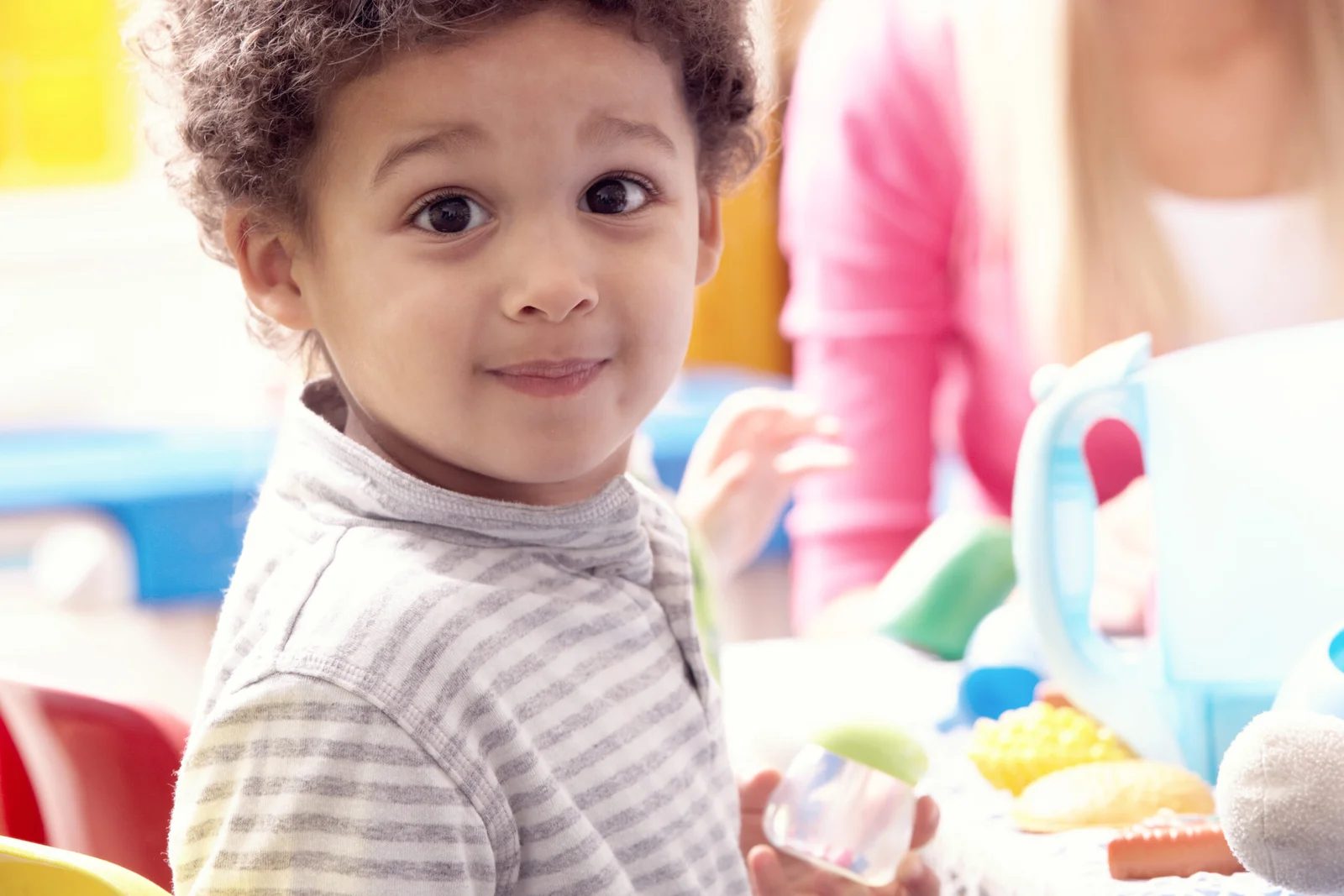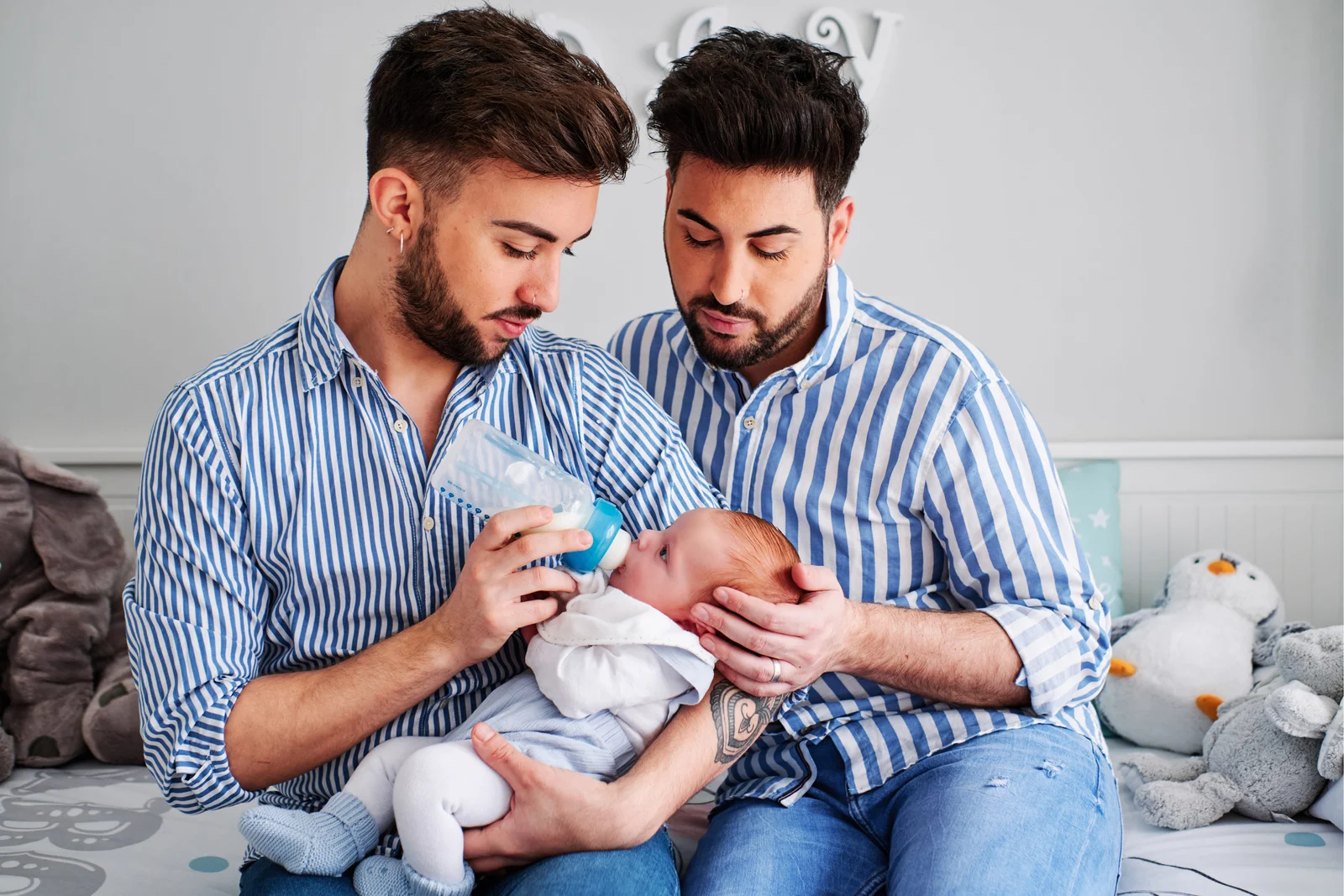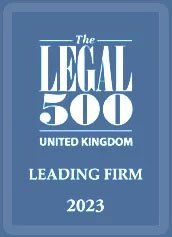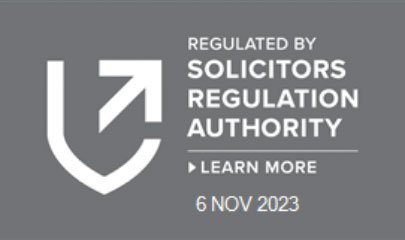Child Contact Centres can help by providing an impartial environment for children to enjoy contact with their non-resident parent away from the conflict of their parents’ relationship. They can also be invaluable in helping to rebuild the parent and child relationship after a long absence.
What are Child Contact Centres?
Contact Centres are safe, neutral places where children can spend time with their non-resident parent or family members.
The centres are often set up in a similar way to nurseries or playgroups with an assortment of toys and games for children of all ages. There will be a mix of private rooms and communal spaces, some have outdoor areas such as playgrounds attached.
The centres are run by volunteers, paid staff or a mixture of both. Each staff member will have a CRB check and most have backgrounds in childcare or social work. The staff remain impartial and do not side with either parent, they are there just to help facilitate contact in situations where it may be difficult for the parents to do so directly, or where they may be safeguarding concerns.
When would it be appropriate to use a Child Contact Centre?
Contact Centres are extremely useful where there has been domestic violence between the parents, where there are concerns for safety such as a parent with alcohol or substance abuse issues, or simply where things are too emotionally raw for the parents to participate in direct contact.
Where there has been a large break in contact, contact centres can assist by providing a safe space and support to re-establish contact between the parent and child.
Different types of Child Contact
- Supported contact: Sometimes families need a safe space for contact, perhaps where communication has broken down between parents, but there are no direct concerns for the child’s safety. In this situation centre staff will be on hand nearby and can support the family where needed.
- Supervised contact: This is useful where there is a genuine concern for the safety and wellbeing of the children in the care of the parent. A contact centre worker will present at all times during supervised contact so the child will benefit from close supervision, as well as additional support. A comprehensive contact report can be made available, which will flag any concerns or reassure the other parent, and the court if needed, that contact is progressing well.
- Staggered Handovers: In cases where it is not safe or desirable for the parents to meet, contact centres can offer staggered handovers. Usually, one parent will be on site 15 minutes before contact and stay 15 minutes after contact to ensure their paths do not cross and centre staff will conduct the handover.
- Handovers Only: Some centres offer handover support only, which is useful where the level of friction between the parents is high but there are no safeguarding issues. Where a centre has a wide range of opening times it is possible for a parent to collect a child from the Contact Centre on day and enjoy overnight contact within their own home, before returning the child to the centre for an assisted handover to the resident parent the following day.
- Community Contact or Escorted Contact: Where it is agreed that the child can enjoy time in the community with the visiting parent, usually after a pattern of safe and sustainable contact has been established, a supervisor from the centre can escort the child on trips to places such as the park, cafés or shops with their non-resident parent or family member.
- Indirect Contact: As well as facilitating direct face to face contact, most contact centres can also support indirect contact such as telephone calls and video calls, as well as providing an address for letters, cards and gifts to be sent to.
Do I need a referral to use a Child Contact Centre?
Parents, family members and young adults can a contact Child Contact Centres directly. It is also possible for solicitors acting on behalf of the parents to arrange contact or for the Court to make an order directing which Child Contact Centre should be used.
Child Contact Centre Fees
Some child contact centres are free, but the majority charge a reasonable fee to cover the costs of running the centre. As the fees vary it is advisable to check with your local centre.
Find out more
The National Association of Contact Centre’s website contains lots of useful information for parents, as well as age-appropriate information and illustrated stories for children and young people. You can access the website here.
Legal Advice
If you find yourself in need of assistance with your child arrangements, please get in touch. Our specialist knowledge and proven results with child arrangements can help you to navigate through this difficult time.
If you would like to speak confidentially to our team of family solicitors you can call 020 7993 2936 to schedule an appointment or make a Contact Request here.
































































